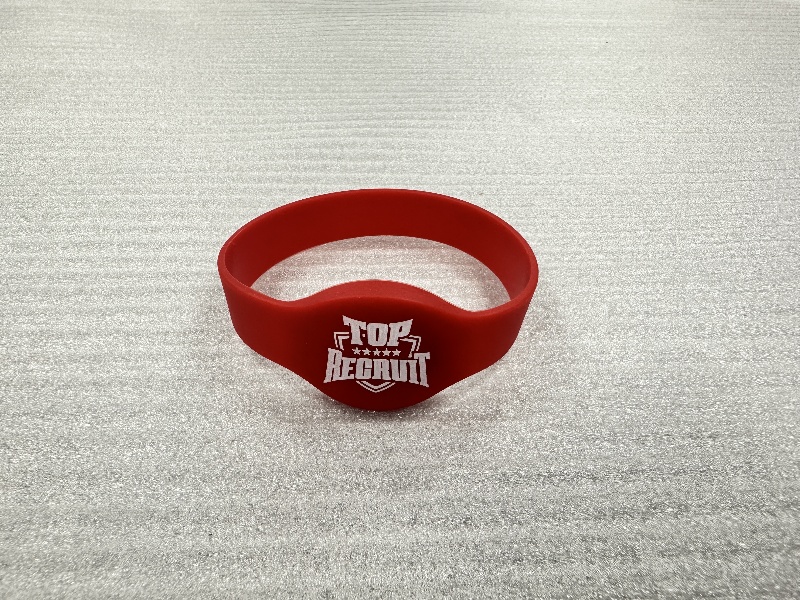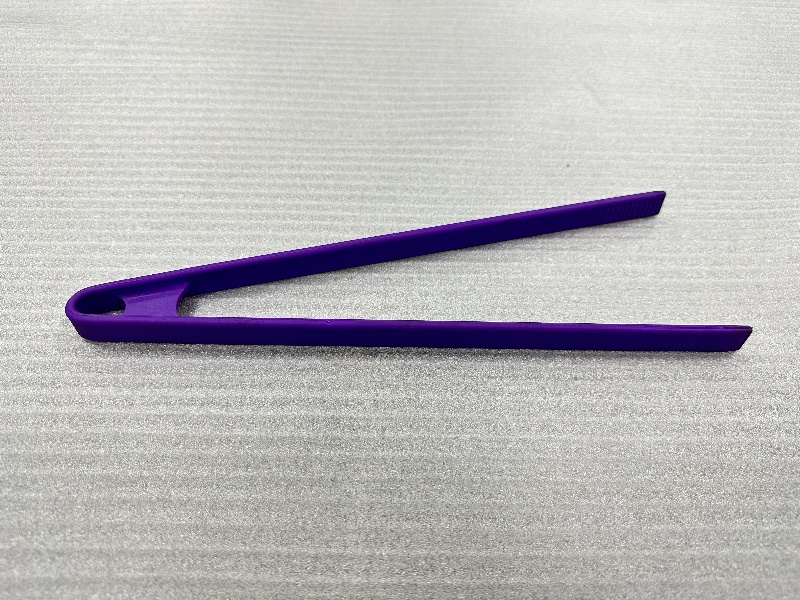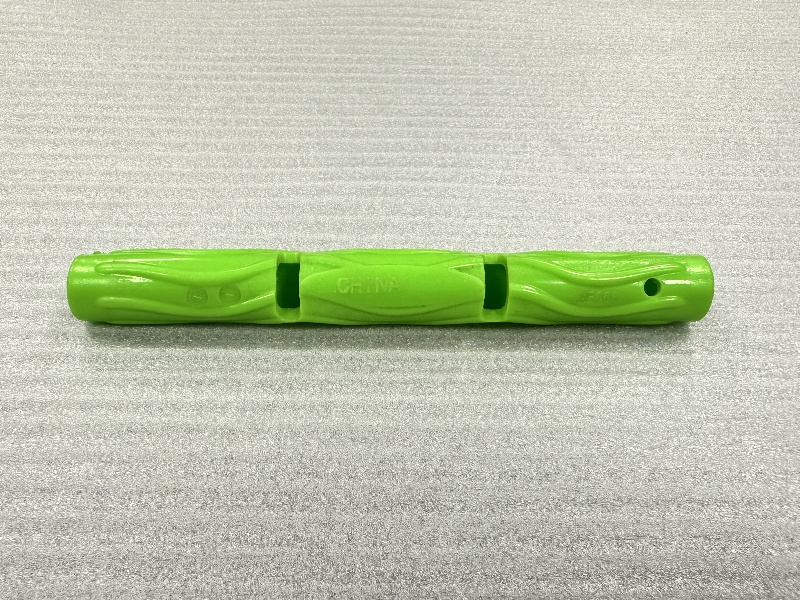Artisans have been utilizing molds for centuries to create a wide range of items, from ancient Bronze Age armaments to contemporary consumer goods. Early molds were often carved from stone, but with the development of science and technology, the choice of mold materials has become more extensive. Such as silicone, which is become as one of the materials for making molds.
This article will intruduce to you from the Composition of Silicone, Properties of Silicone and Silicone mold Used for. At the same time, as the most popular problem-Is use Silicone mold Safe for the Environment, we will also introduce one by one.
What is the Composition of Silicone?
Silicone is composed of a non-carbon silicon-oxygen backbone with two carbon-based groups attached to each silicon atom. The organic groups are usually methyl. The material can be either cyclic or polymeric. Varying the chain length, side groups, and crosslinking allows silicones to be synthesized with diverse properties and compositions.
Silicone can differ in texture from a runny liquid to a solid gel-like substance, and even a hard, plastic-like material. The most widely used silicone variant is linear polydimethylsiloxane (PDMS), which is often referred to as silicone oil.
What Are the Properties of Silicone?
Silicone possesses a unique combination of properties, including its ability to withstand a wide range of temperatures and maintain its flexibility. It can tolerate temperatures as low as -150 degrees F to as high as 550 degrees F without becoming brittle or melting, but also depending on the specific. Additionally, silicone has a tensile strength between 200 and 1500 PSI, and can stretch up to 700% of its original length before returning to its normal form.
Silicone exhibits excellent elasticity, compressibility, and resistance to heat and flames. Its electrical insulation properties and ability to bond with metals make it a versatile material. Silicone rubber stands up well to outdoor use, thanks to its UV resistance. Additionally, it's hypoallergenic, water-resistant, and permeable to gases, making it a popular choice in medical applications.
Because silicone is more chemically inert than most plastics, is nonstick, and doesn’t stain, it can be found in consumer and industrial food and beverage applications. In some product, we also use food grad silicone to overmolding.
While silicone has many beneficial properties, it also has some limitations. For instance, it's not resistant to oil for extended periods, and prolonged exposure to oil or petroleum can cause it to swell. Although there are certain types of silicone that are more oil-resistant, it's still a factor to consider. Additionally, silicone is not very durable and can tear or become brittle when subjected to abrasion or high temperatures.
To learn more, see our Guide on overmolding for injection
What is Silicone mold Used For?
A versatile and pliable container, silicone molds are employed for shaping an array of materials. Fabricated from resilient silicone, they exhibit remarkable flexibility and heat resistance. Available in various forms and dimensions, these molds enable the creation of intricate designs and patterns. In recent years, with the improvement of mold making technology and rubber safety level, rubber molds have been used not only in industrial and medical products, but also in baking and DIY.
Simply pour your liquid or semi-liquid mixture, such as melted chocolate or soap, into the mold, and once it has cooled or set, you can easily remove the molded item. The non-stick properties of silicone molds make the release process effortless.
Silicone molds are a versatile and practical tool for various crafting projects. They can be easily cleaned with soap and water, making them a breeze to maintain. Whether you're creating chocolates, candles, or mini cakes, these molds add a touch of fun and creativity to your work. They're also reusable, making them a cost-effective and eco-friendly option for your crafting needs.


Silicone molds as versatile tools used in various creative and practical applications. Here’s how they come in handy:
Resin Art: For DIY enthusiasts, silicone molds are excellent for creating resin jewelry, keychains, and decorative items.
Educational Tools: Teachers use silicone molds to create models for science experiments and demonstrations.
Concrete and Plaster Crafts: Artists and decorators use silicone molds to produce concrete planters, plaster ornaments, and more.
Baking Delights: In the kitchen, silicone molds shine as they withstand high temperatures. They’re perfect for making cupcakes, muffins, and even intricate cake designs.
Overmolding: In order to prevent the product from falling off or being damaged by bumps when using the product, people often use the overmolding process to cover the periphery of plastic parts with a layer of silicone, which also has a shock-absorbing and buffering effect.
Toys: In order to ensure the safety of children during use, some toys are usually made of silicone.

Is Silicone Mold Better Than Plastic?
Silicone molds are favored over plastic molds for various reasons especially in household products. Firstly, silicone can withstand high temperatures without melting or deforming, making it ideal for baking and cooking. Unlike plastic, silicone is flexible and allows for easy release of molded items. Additionally, silicone has a non-stick surface, eliminating the need for excessive greasing. Silicone is also a safer option as it doesn't emit harmful chemicals when exposed to heat. Furthermore, silicone molds are durable and can be reused multiple times, reducing waste. While plastic molds may be more affordable and come in a variety of shapes, silicone's versatility, safety, and longevity make it the preferred choice for many.
Is use Silicone mold Safe for the Environment?
Silicone is a more eco-friendly alternative to plastic as it is crafted from silica, a natural resource found in sand. Unlike plastic, which is derived from crude oil, silicone production does not contribute to the depletion of this finite resource. Additionally, silicone is more durable than most plastics, reducing the need for single-use products. While it is not biodegradable, silicone can be recycled and does not break down into harmful micro-plastics, making it a safer choice for marine ecosystems.
At present, more and more people are paying more attention to environmental protection when they choice of production technology. In the past, the production of silicone molds may have caused certain pollution to the environment, but now with the improvement of mold production technology, the pollution of silicone molds has been greatly reduced. The emergence of more food-grade silicone also indicates that the safety of silicone molds has been recognized by everyone.
Summary
This article presented the silicone and silicone mold, explained what it is, and discussed things about safe when making it in manufacturing. To learn more about silicone, please contact us.
Post time: Apr-24-2024
